Key features
Photogrammetry scanned interior & exterior of house
Dozens of items & objects photogrammetry scanned
Immersive VR experience
Interactive website
Tour Guide app of house & grounds
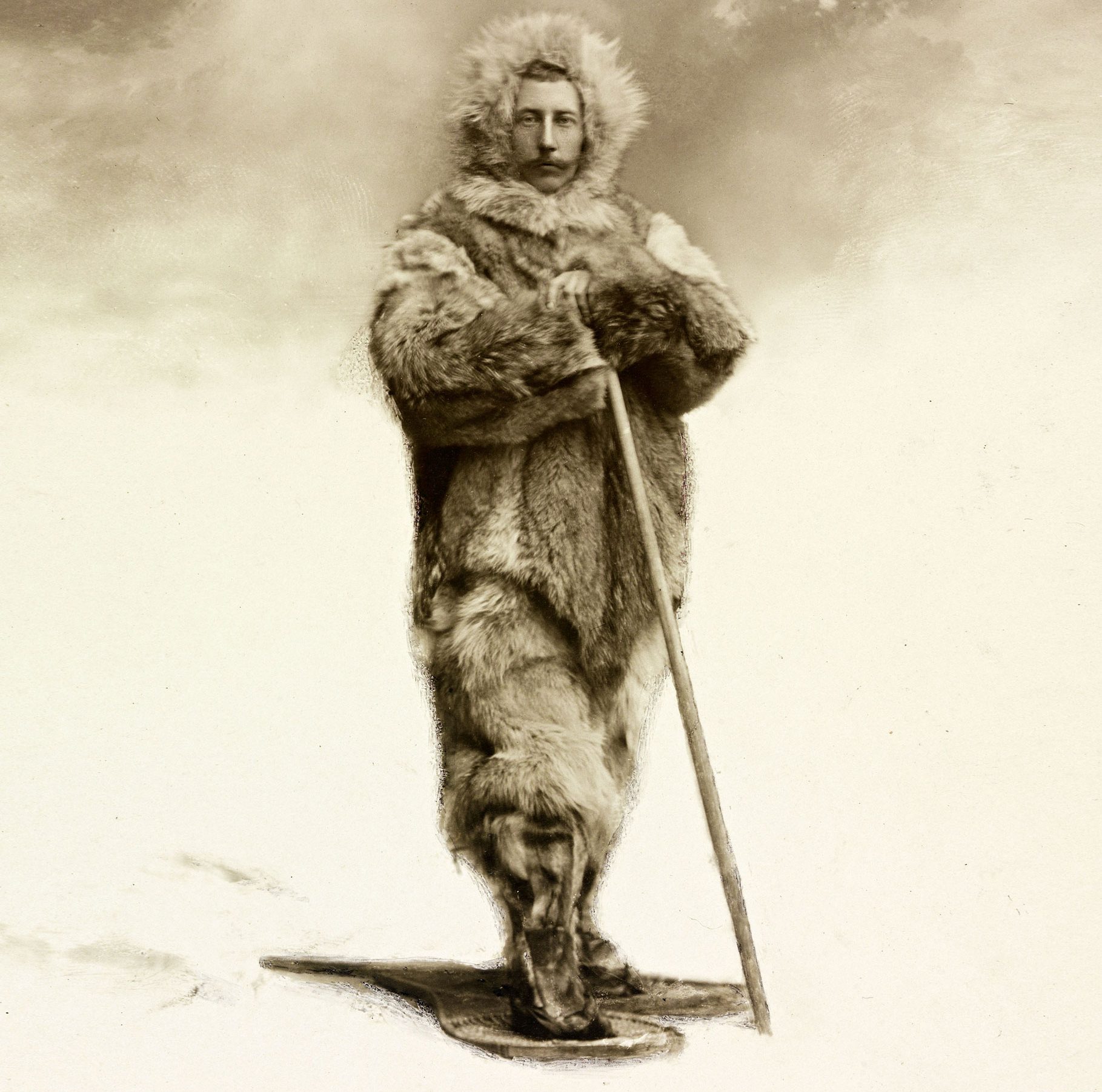
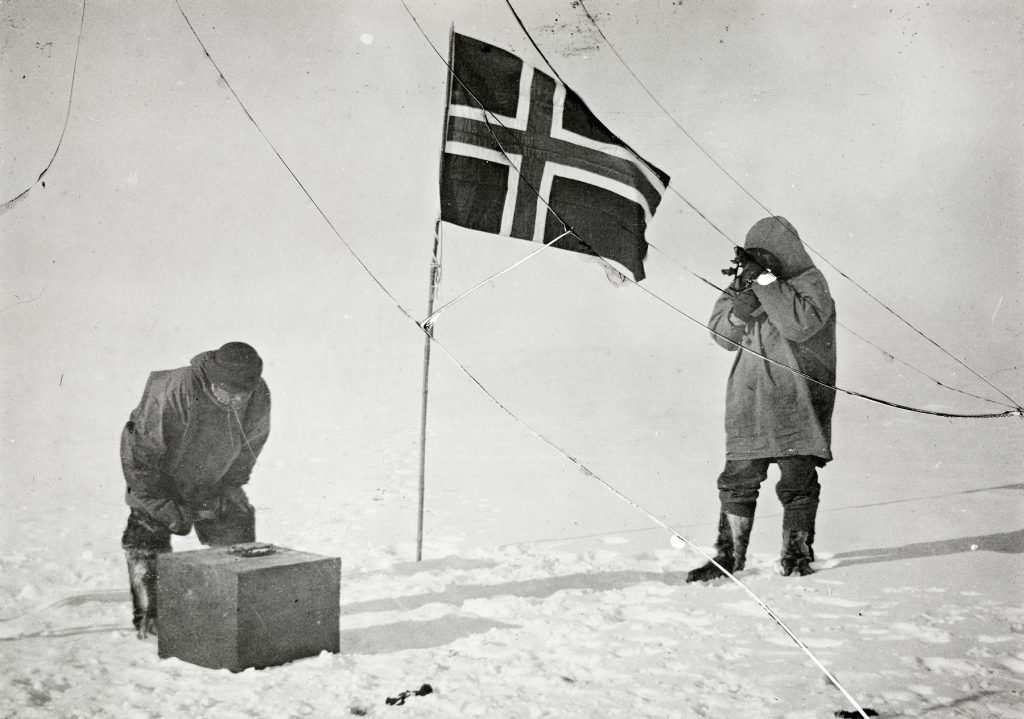
© National Library of Norway
In 1928, Roald Amundsen planned a private rescue mission to save his arch nemesis, Umberto Nobile, an Italian airship designer turned polar explorer, who had crash landed with his crew in the pack ice North of Svalbard. Roald Amundsen and his crew disappeared during the mission and very little evidence was ever recovered to piece together what happened.
Famous for not only being the first person to reach the South Pole, but also the first to make a ship voyage through the Northwest Passage, Roald Amundsen’s life was a rich tapestry of adventures with artefacts and items collected during these many voyages and displayed in his house.
His house was turned into a museum in 1935 and preserved as he left it nearly 100 years ago. In 2003 Follo Museum took over the building and since then a dedicated a team of researchers and academics to recreating his legacy.
Increasing access to the inaccessible
The Follo museum wanted the world to be able to experience Amundsen’s home and learn about his life story, however they faced several challenges; the house is located in a remote area 45 minutes drive outside of Oslo, with limited opening hours. Due to its age, any increase in visitor traffic would put the house and its content at a greater risk of damage and wear and tear. So how could they make the house more accessible? For the Follo Museum the solution was as beautiful as it was bold.
Capturing history
Together with the immersive technology competence of Glitch Studios, Follo Museum started a three-part project to digitize their museum experience. Starting with a high-quality photogrammetry scan of the interior and the exterior of the house, this would make up the basis for a virtual reality experience, together with highly detailed scans of private objects from the collection.
The 3D scans would then be reused in an immersive web solution allowing you to explore the house supported by
Finally the scans would act as a preservation initiative, safe guarding Roald Amundsen’s house and collection digitally for the future.
The 3D scans would then be reused in an immersive web solution allowing you to explore the house supported by in depth articles, historical film clips and parallax storytelling. For the visitors coming to the house, we developed an App that could enhance their experience by trigging events on their phone, displaying 3D models, videos, audio clips or photos, using GPS coordinates or beacons.
Photogrammetry for museums
With more than a decade of tinkering with scanning technologies, photogrammetry is nothing new for museums who have been pioneering the technology as a practical work tool. It is used for scanning of dig sites, measuring decay in objects over time, and sharing artifacts digitally in research projects, however these scans are often crude, captured on budget hardware and processed to be representative rather than presentable for the general public.
As photogrammetry experts, Glitch wanted to raise the bar of what was possible for Follo museum. Using the best image sensors on medium-format cameras in combination with high end optics we began the painstakingly detailed process of scanning each part of the house and its content over a six month process in early 2020.
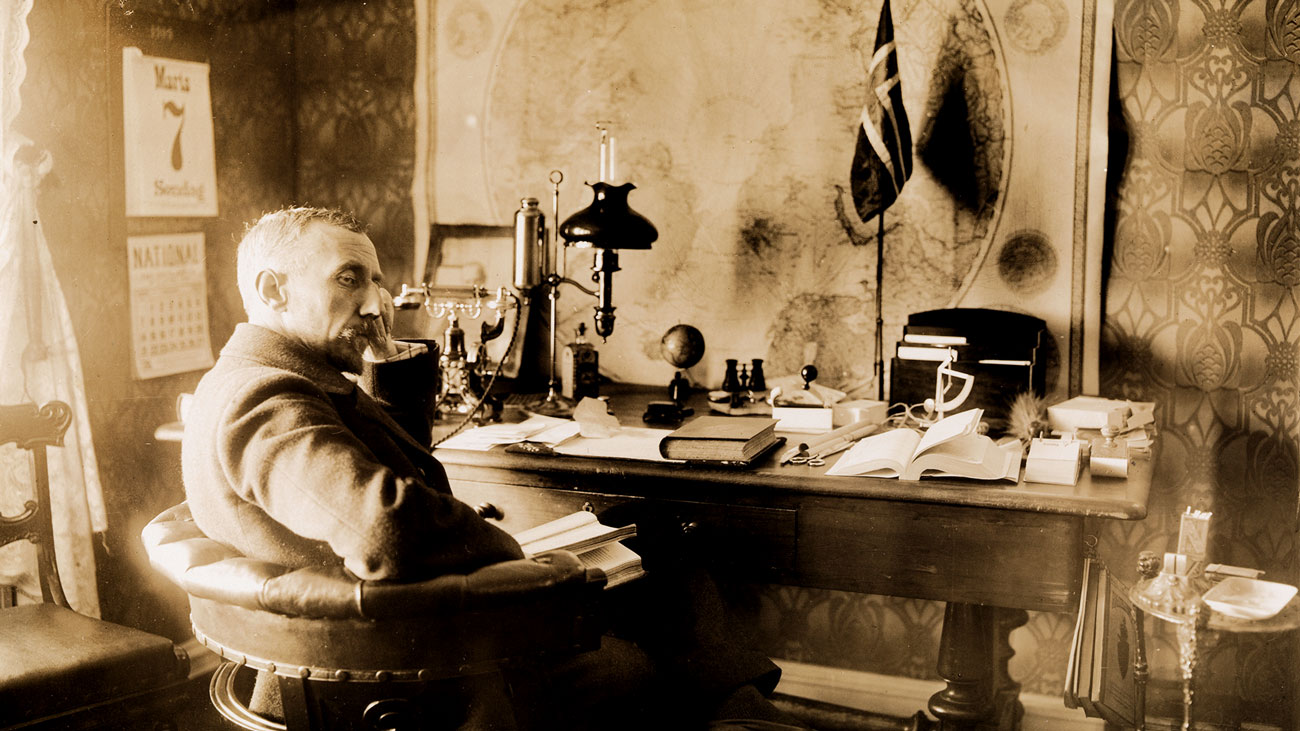
After processing the scans, our 3D modelling team worked on cleaning and optimizing each room until they were ready to be implemented into both virtual reality and web
About Follo Museum
The Follo museum is responsible for the curation and caretaking of the Roald Amundsen’s estate and collection. Roald Amundsen was a world renowned Polar explorer whos various historic expeditons and private life are captured and preserved at his estate located just outside of Oslo.
Digitizing the house
With interiors and objects completed, in sumer 2020 we started work on the house exteior. Scanning of the entire house came with a set of challenges that needed to be carefully planned before work began. Lighting conditions due to weather needed to be just right, and working closely with a drone operator our photogrammetry specialist needed to mount the drone with a heavy weight camera system, taking thousands of photos of the house exterior in a full day shoot.
Storytelling in VR
With the photogrammetry scans completed we now had a digital stage that could be brought into VR like a theatre set piece for us to tell Amundsen’s story. The VR experience was designed to give the user freedom to explore the house, inviting them to interact with dozens of objects while getting in depth information about each supported with historical photos and videos. Through a well designed UX interface the user could transition between exploring the house undisturbed as it was in 1928 to browsing its various content in a museum display-like interface.
Explore Roald Amundsen’s house on your desktop PC or mobile
The Amundsen house web project focused on translating all the photogrammetry objects, house interiors and exterior into an engaging web experience.
Using new web technology we were able to recreate the virtual reality experience into an immersive web experience inviting visitors to explore all the 3D scans. The web page allowed users to discover Amundsen’s life through dramatized, rich media stories in parallax format.
The website is much more than a virtual journey through Amundsen’s house – it is the go to portal to explore any kind of resource connected to his life. The website has a long-term vision to become a hub where users can search for any kind of content from any related collection.
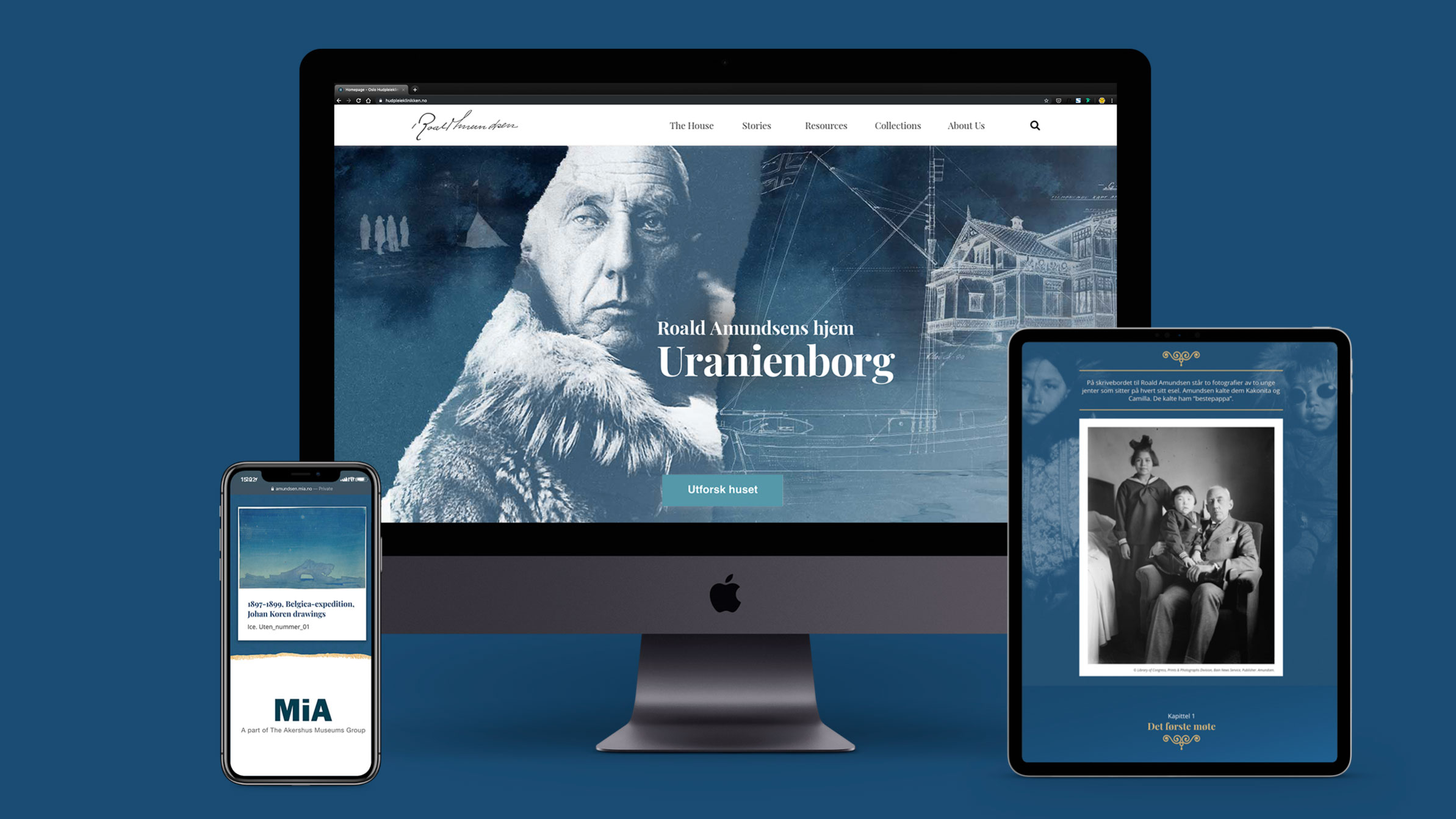
For the visitors coming to the house itself outside of Oslo, an App was created and deployed to the various stores for free, allowing guests the opportunity to enhance their visit through their phone by triggering 3D models, videos and photos at different points around the house. This meant even visitors arriving on days the house was closed still had a rich and engaging visit exploring Amundsen’s life and home through their own personal digital tour guide.
Accessing a global audience
Using high-end photogrammetry scanning of Roald Amundsen’s house and his belongings, Glitch embarked not only on a digital conservation project with the Follo Museum, but coupled with the virtual reality experience, immersive website and tour app, we lifted a small Norwegian museum onto the global stage making it accessible to everyone.

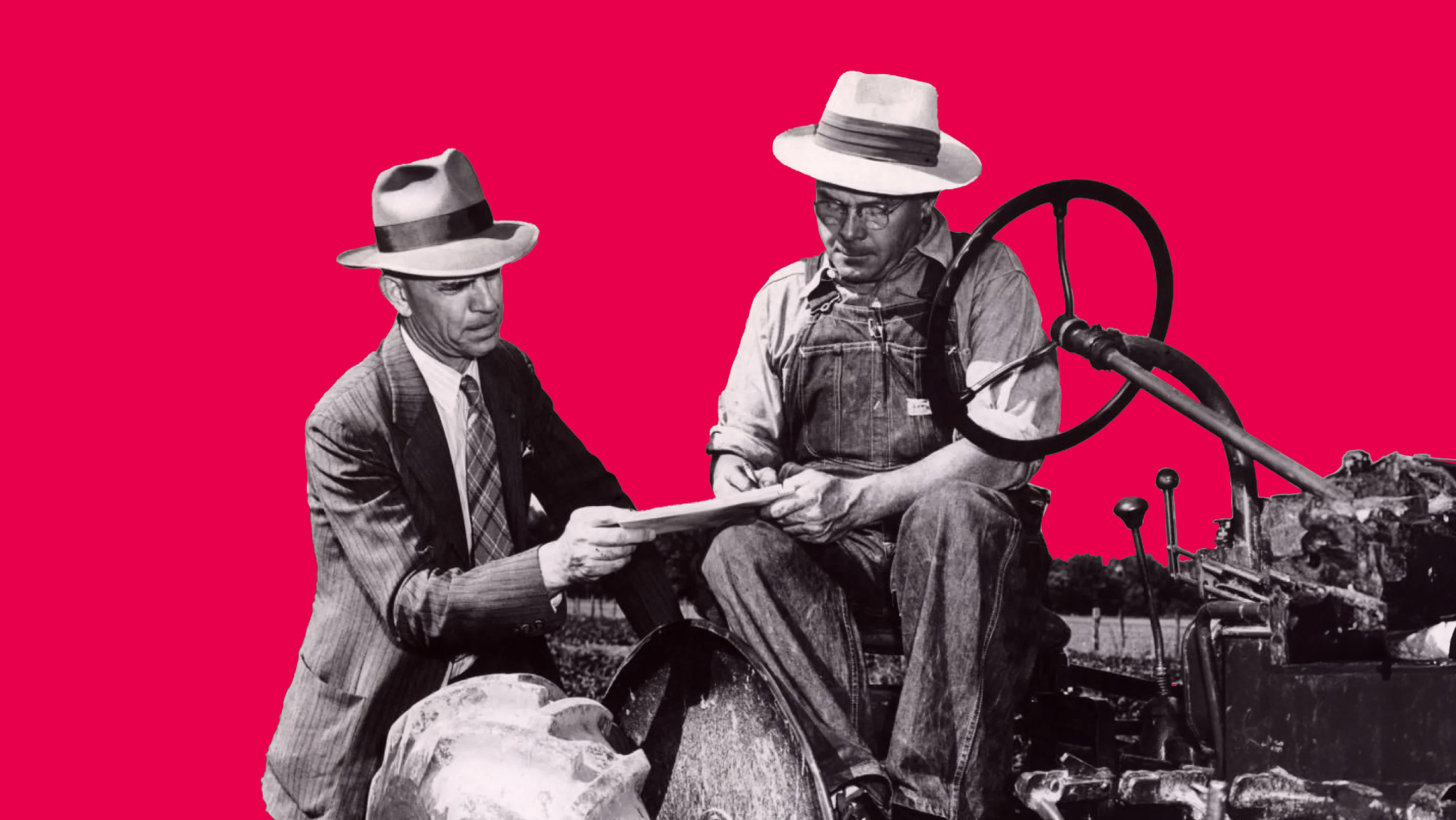 Cultivating Minds: How Havrå Farm Game will Grow Sustainable Leaders
Cultivating Minds: How Havrå Farm Game will Grow Sustainable Leaders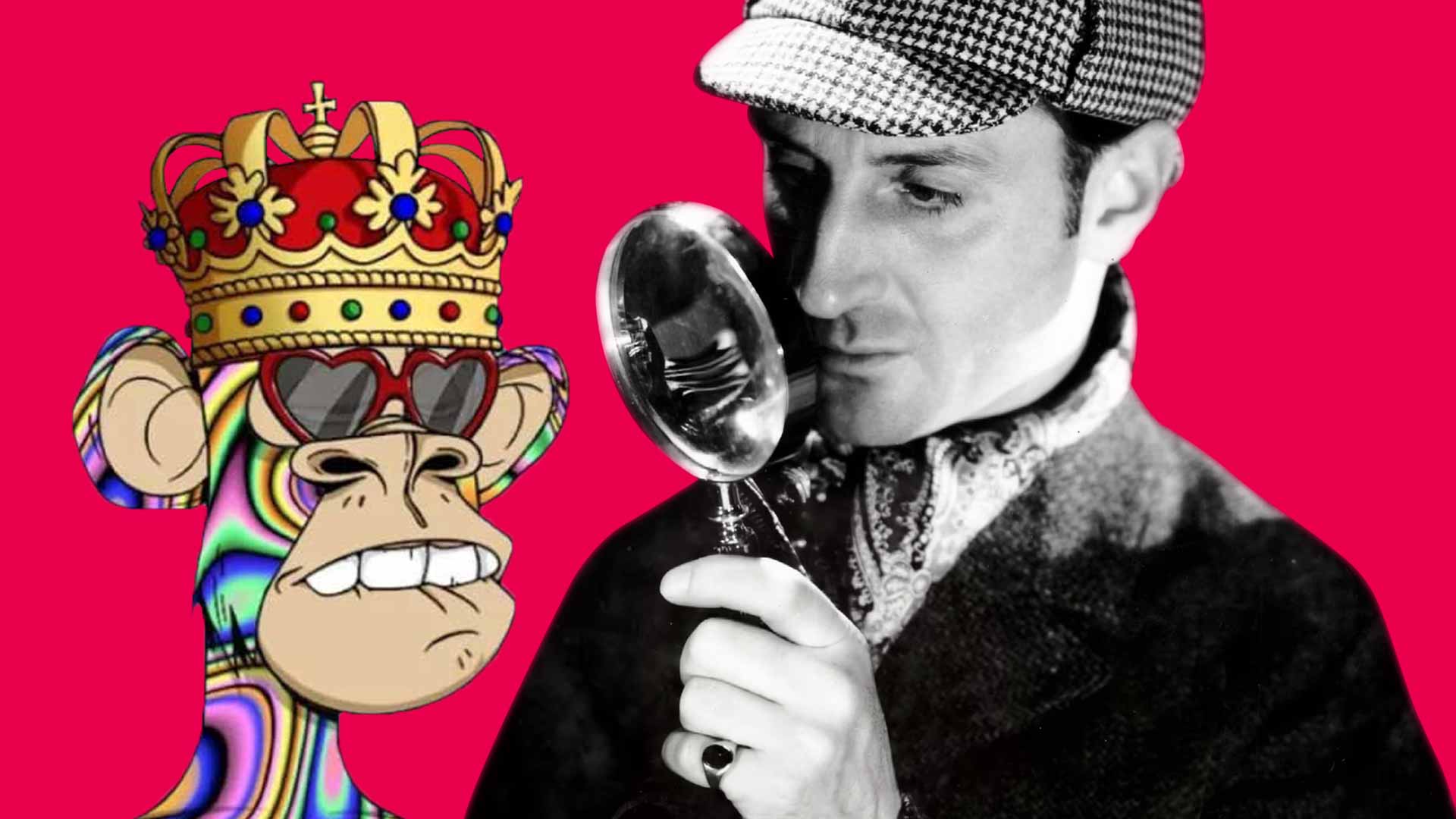 How cultural heritage is leveraging blockchain and NFTs to reconnect to their audience
How cultural heritage is leveraging blockchain and NFTs to reconnect to their audience It’s hot tub time
It’s hot tub time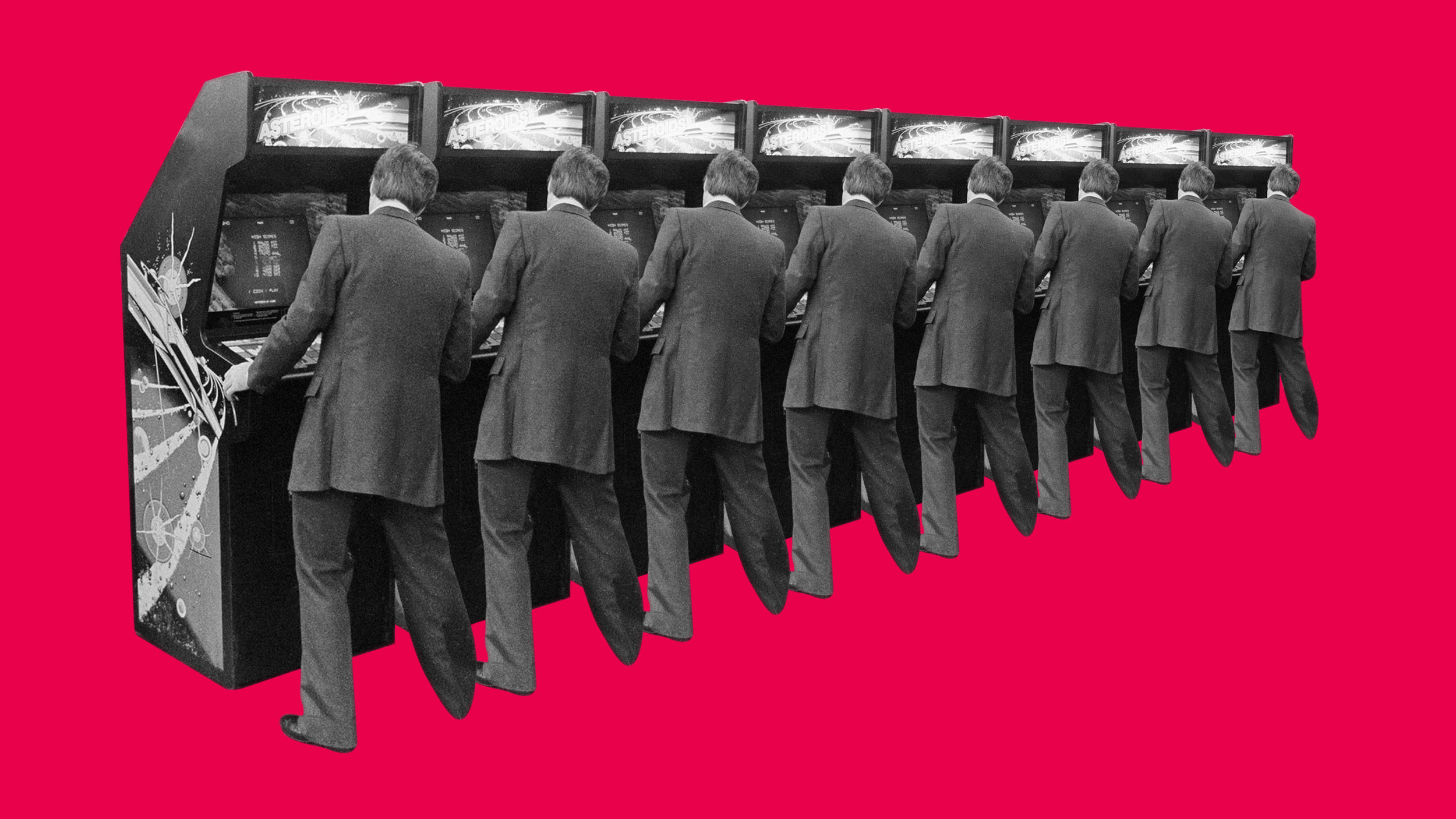 The renaissance of the classic arcade
The renaissance of the classic arcade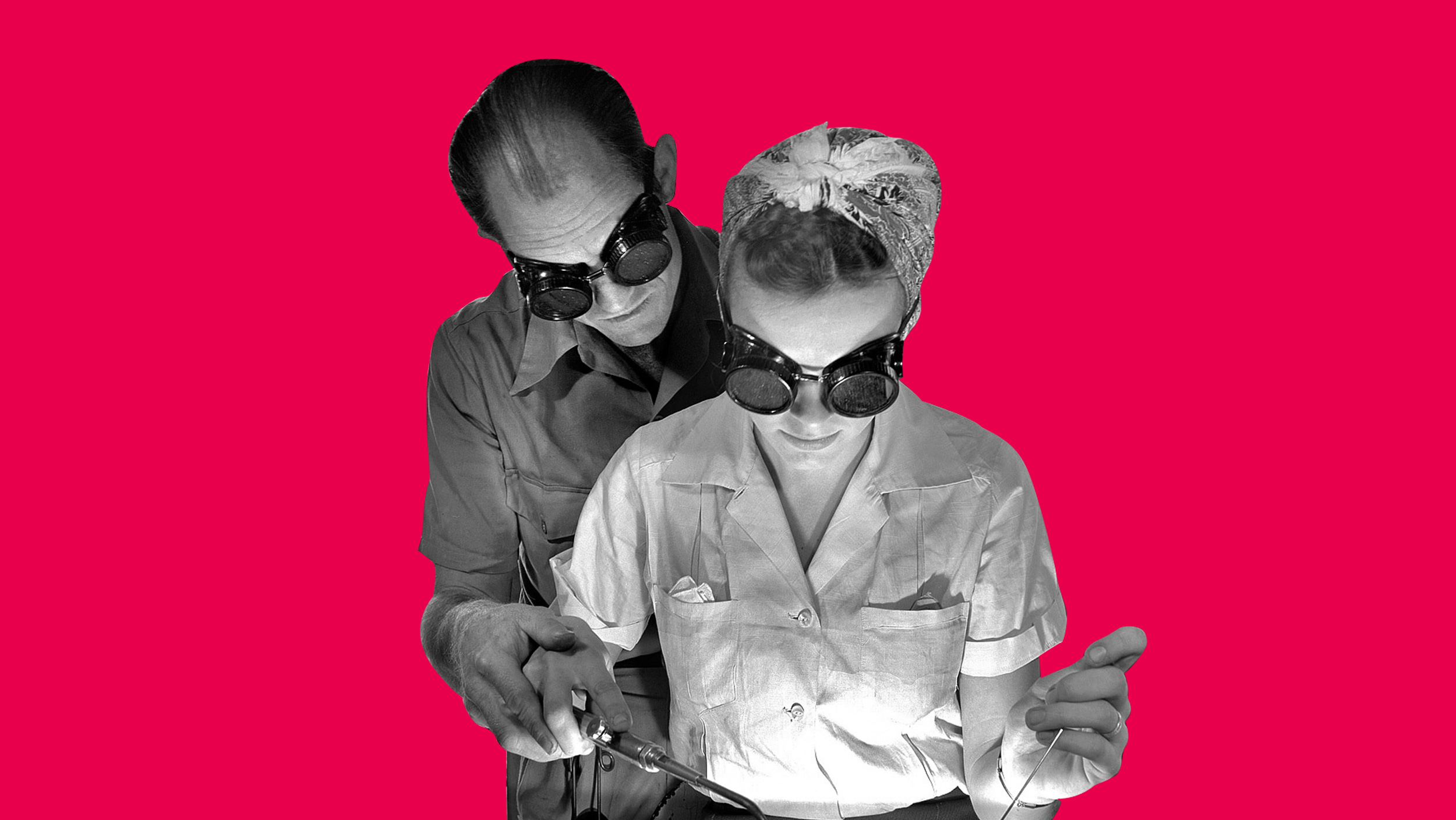 A model for understanding the virtual reality experience
A model for understanding the virtual reality experience How VR / AR are an effective b2b sales solution
How VR / AR are an effective b2b sales solution VR – Machine driven human to human interaction
VR – Machine driven human to human interaction Untangling the wires – how 2019 will see virtual reality cut the umbilical-cord
Untangling the wires – how 2019 will see virtual reality cut the umbilical-cord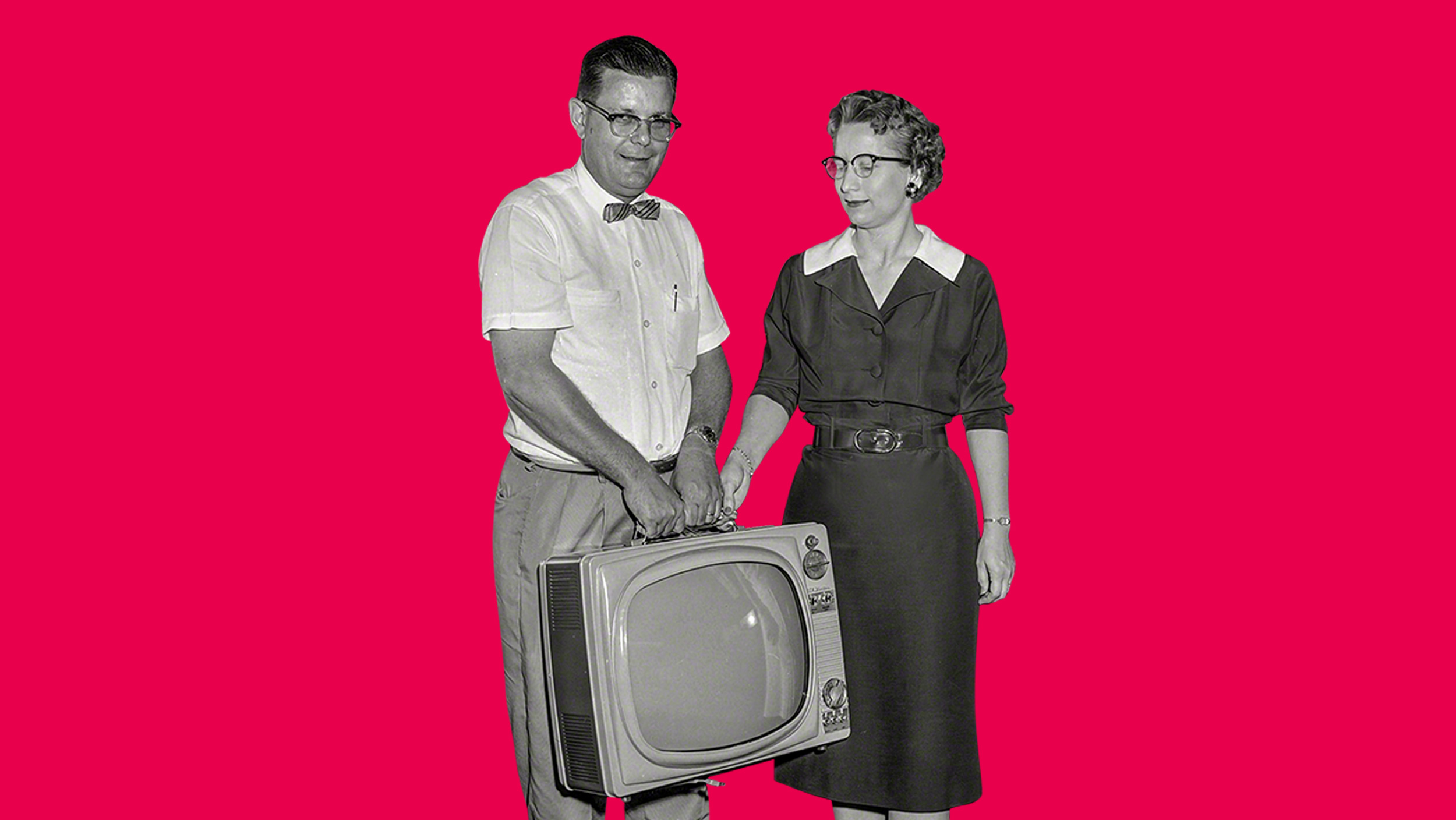 Our long road to getting virtual reality on the road
Our long road to getting virtual reality on the road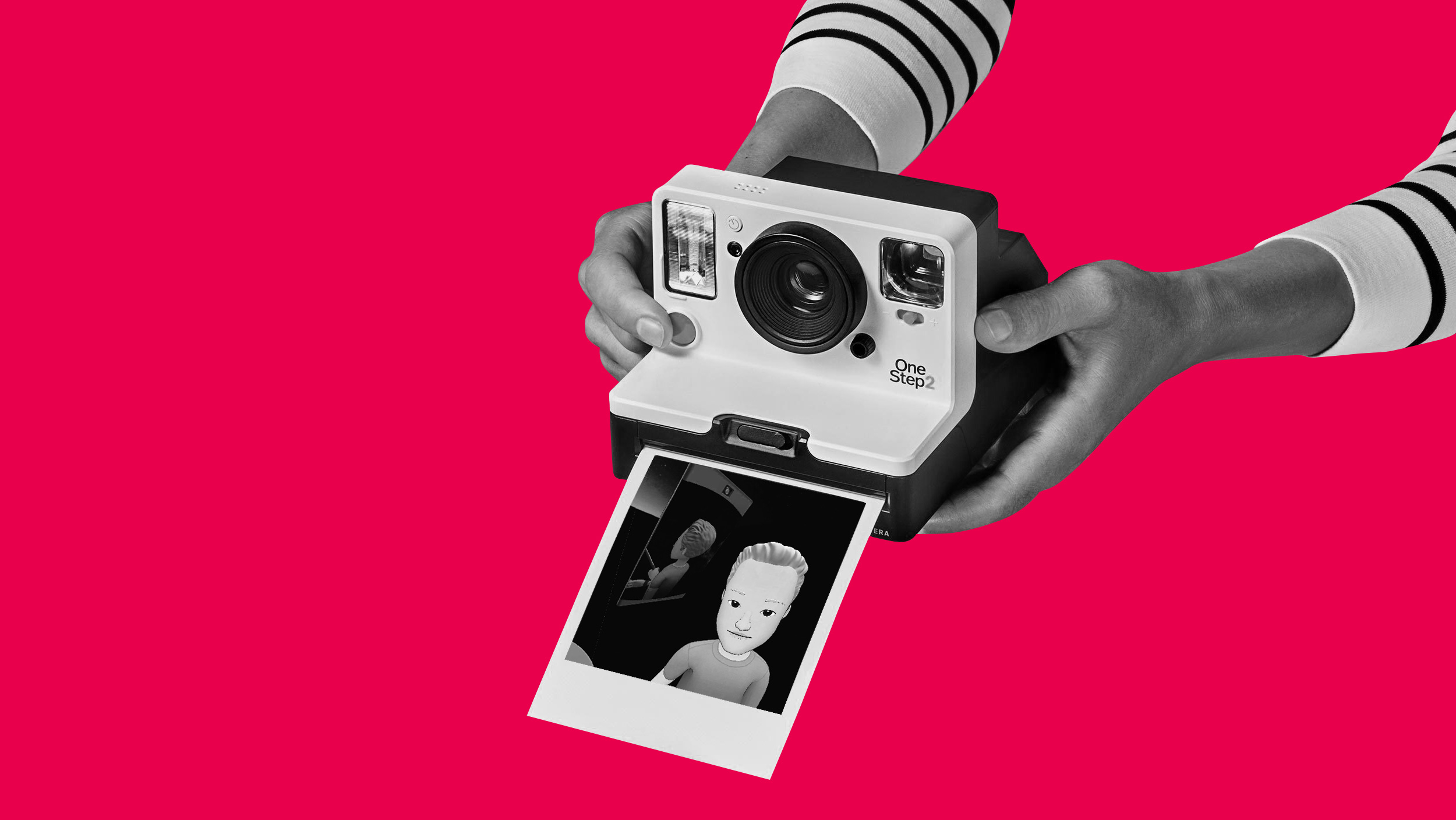 The information age is dead welcome to the experimental age
The information age is dead welcome to the experimental age Anatomy of VR
Anatomy of VR Deciphering the hololens
Deciphering the hololens Make it sound right or break immersion
Make it sound right or break immersion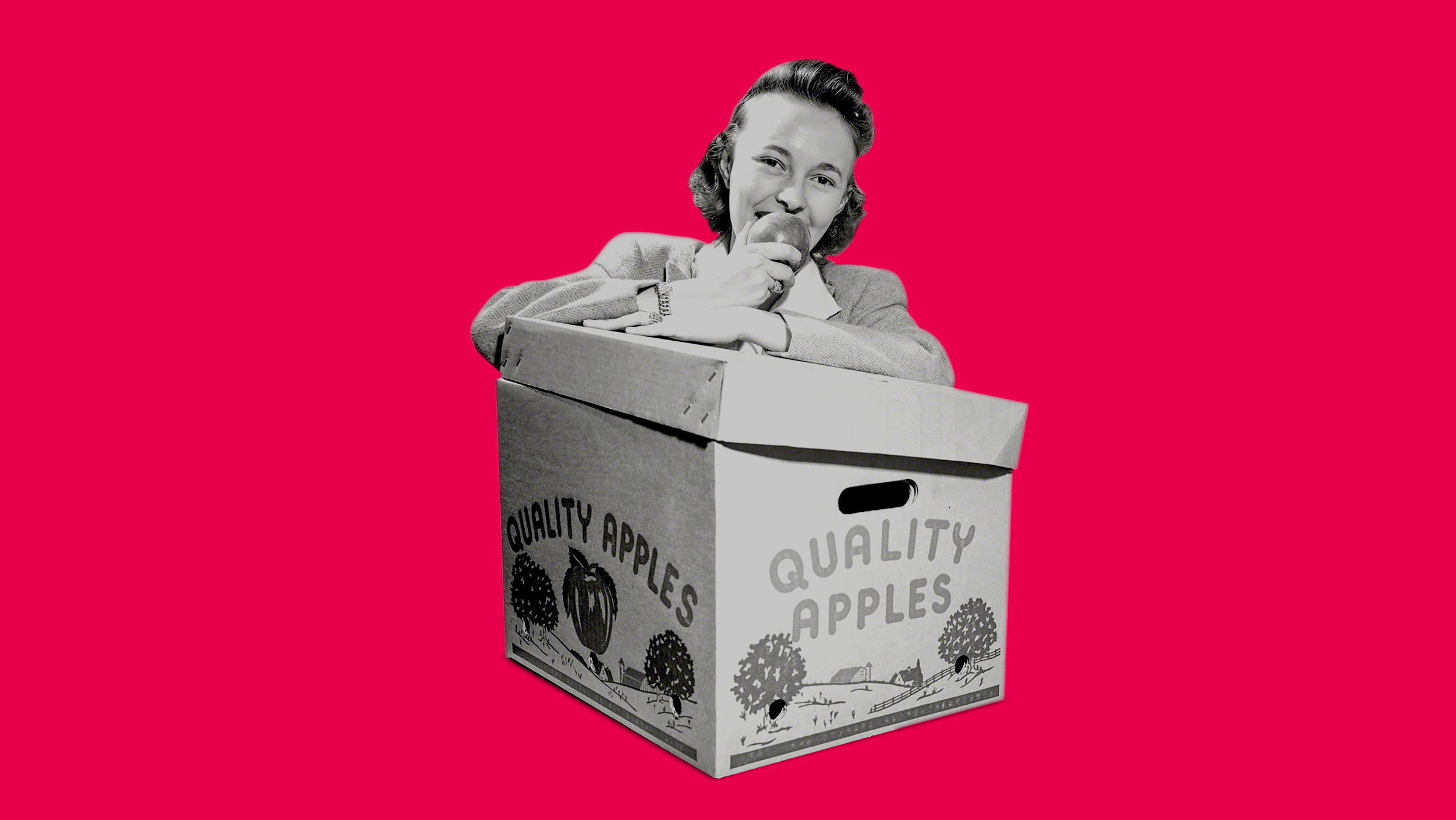 Branding your reality
Branding your reality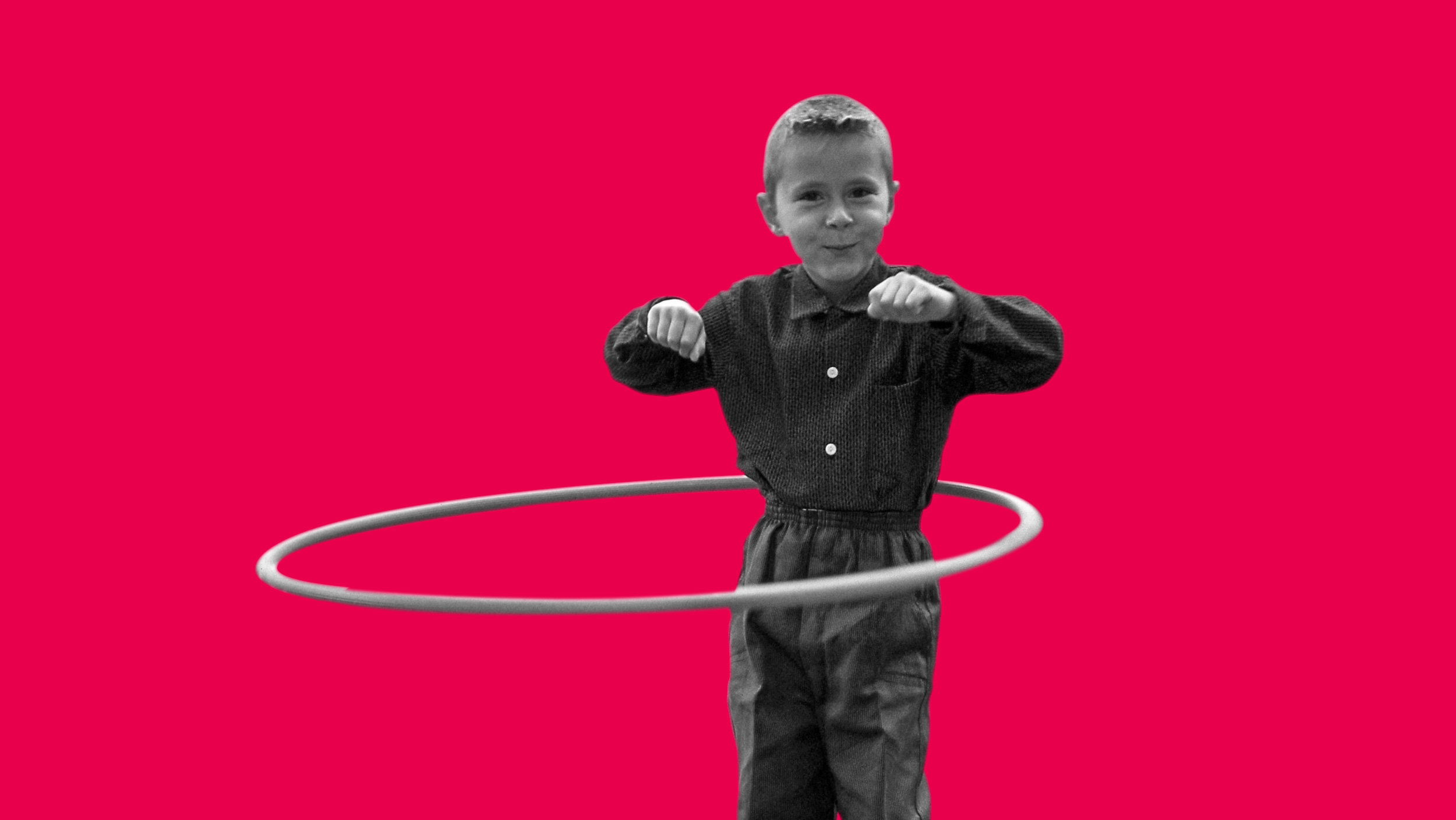 A deep dive into immersion
A deep dive into immersion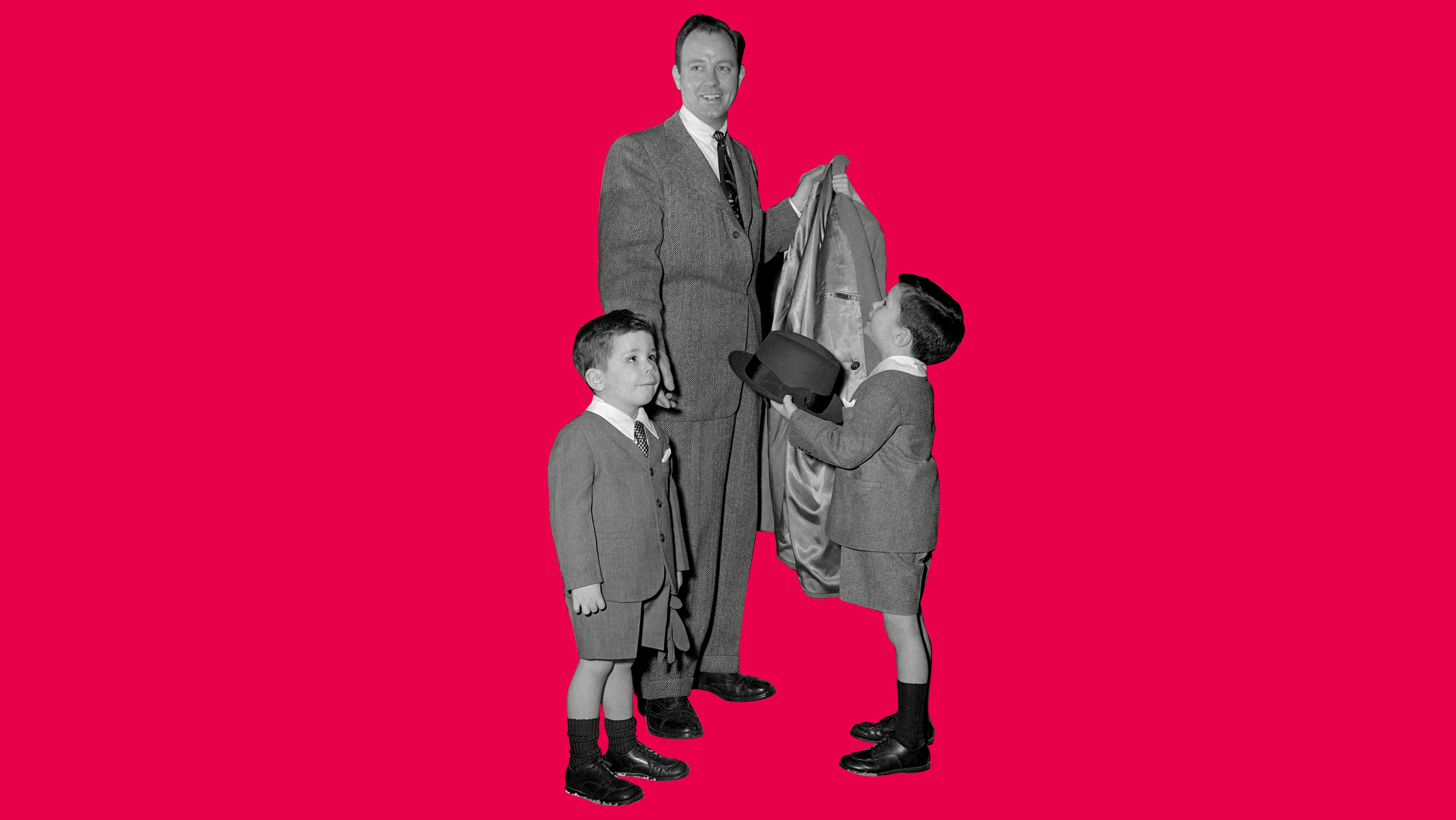 Why the suit & ties don’t get VR
Why the suit & ties don’t get VR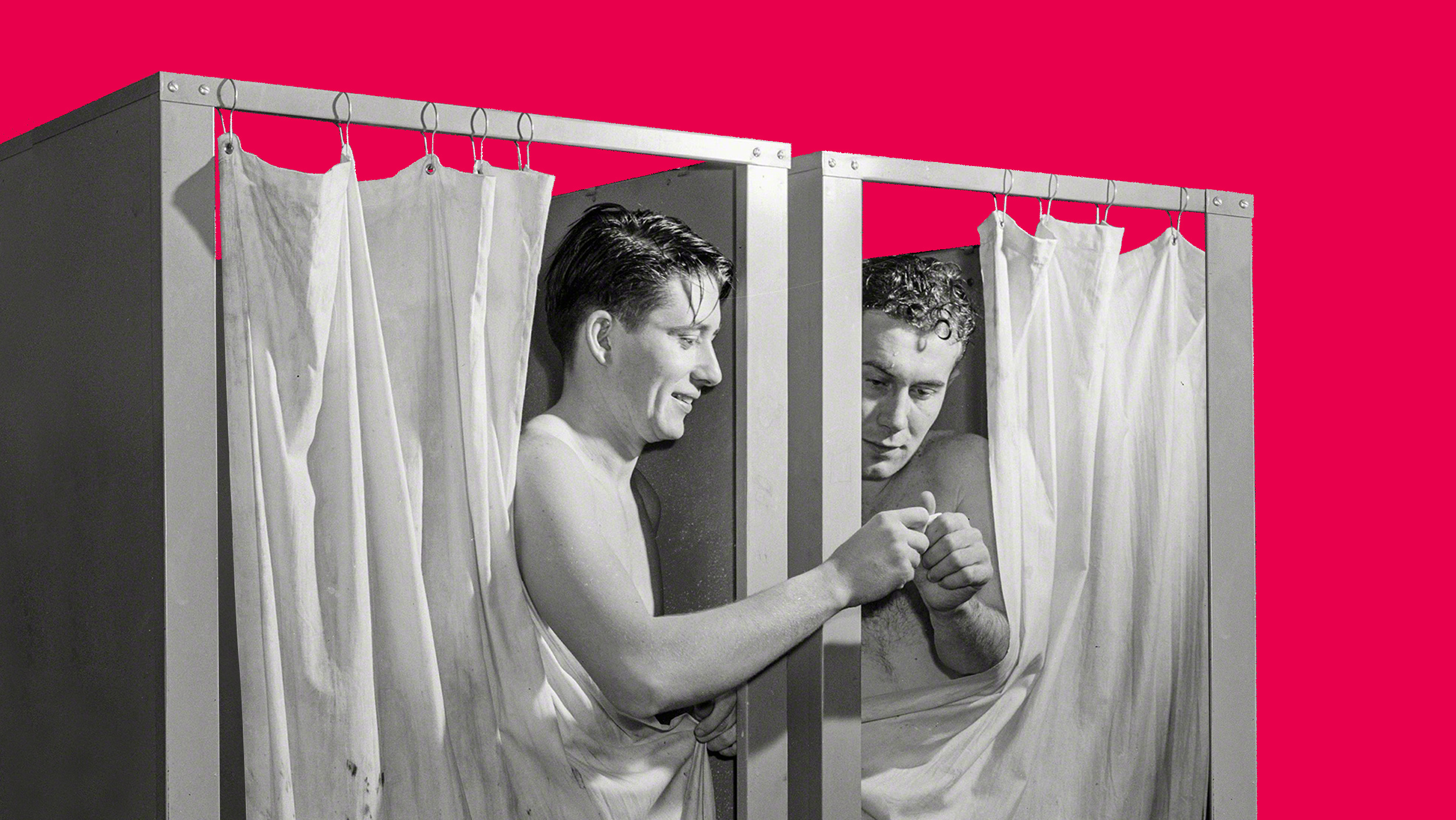 The hidden marketing value of virtual reality
The hidden marketing value of virtual reality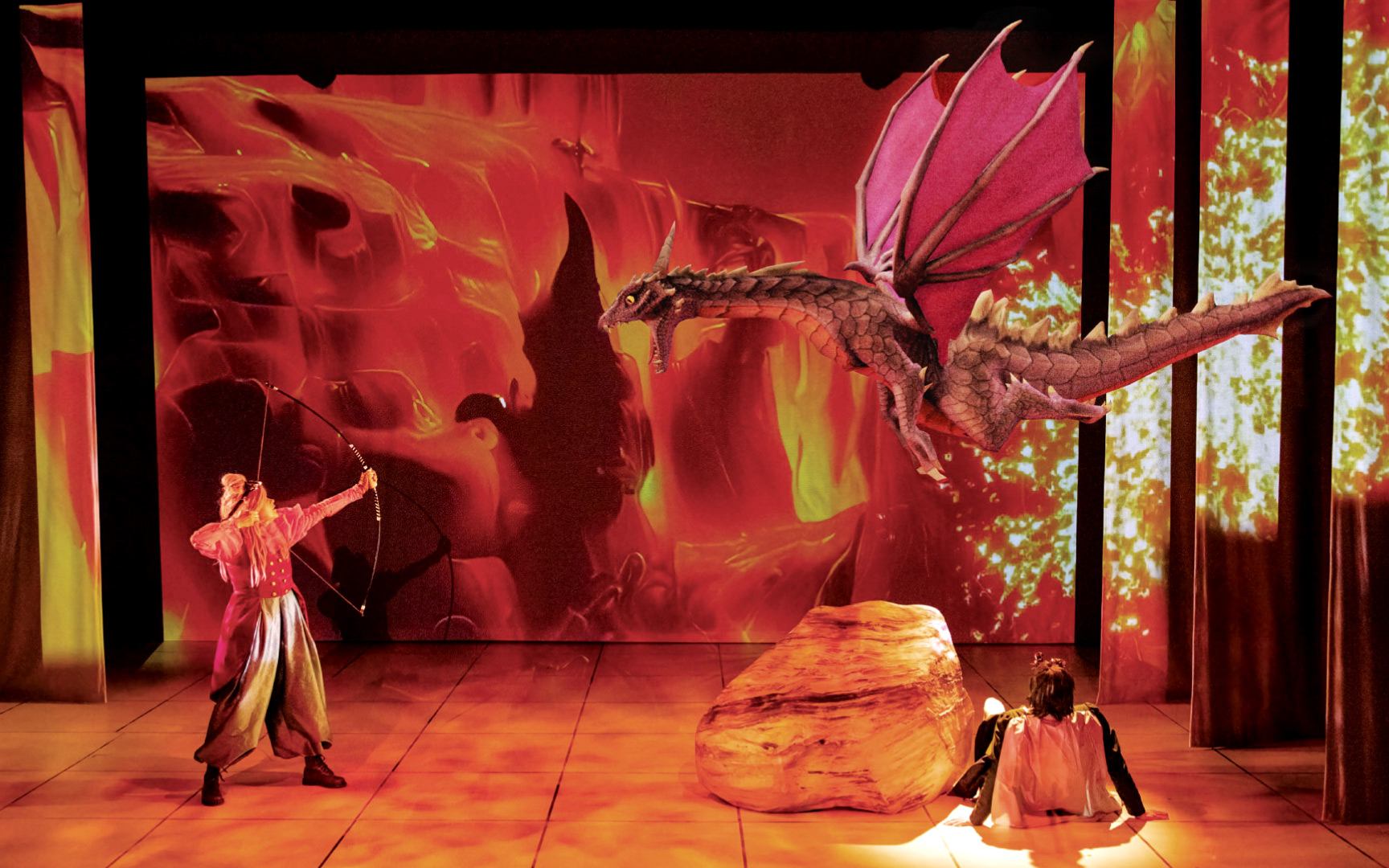 Theatre reimagined with AR
Theatre reimagined with AR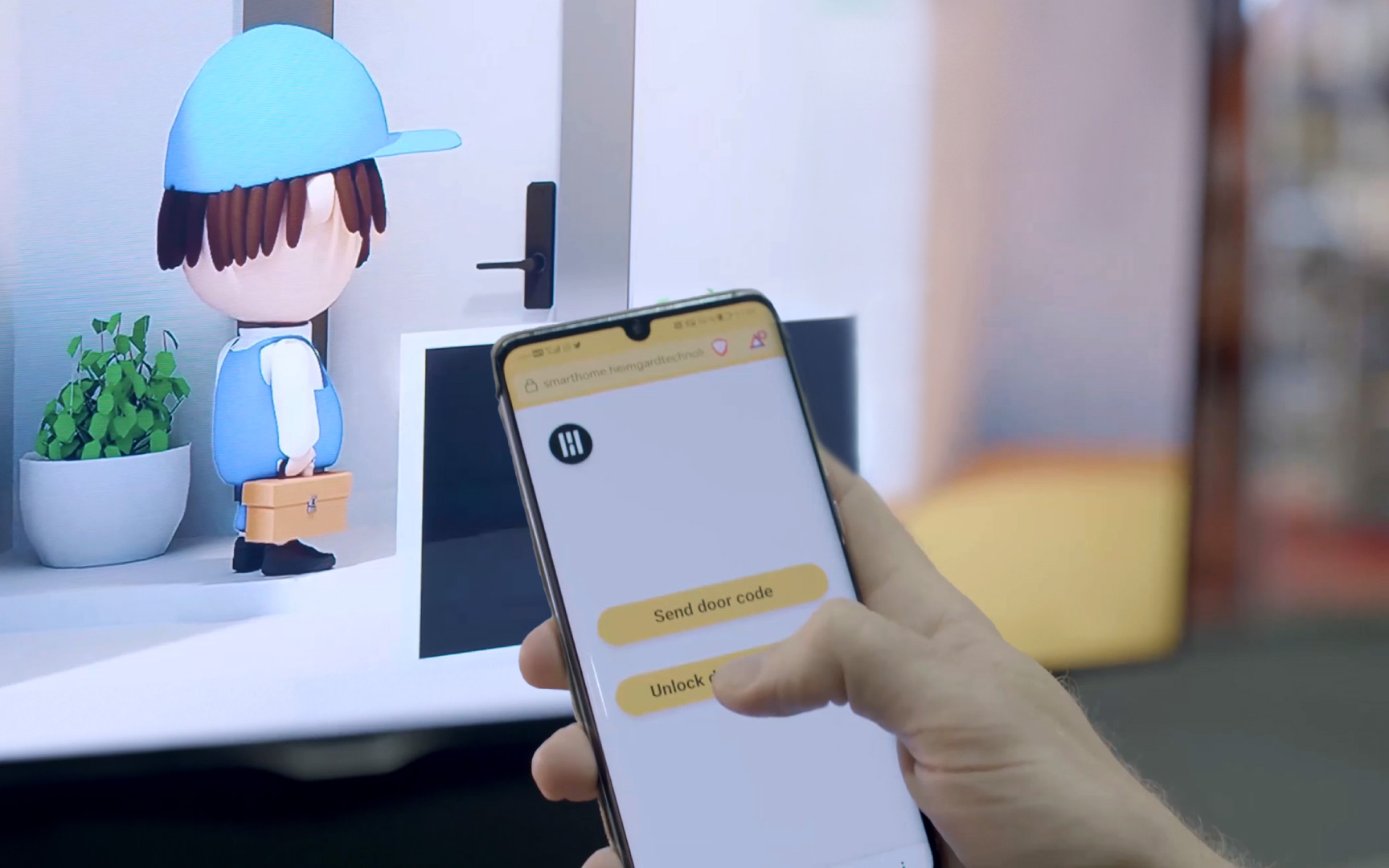 Let your audience control their experience
Let your audience control their experience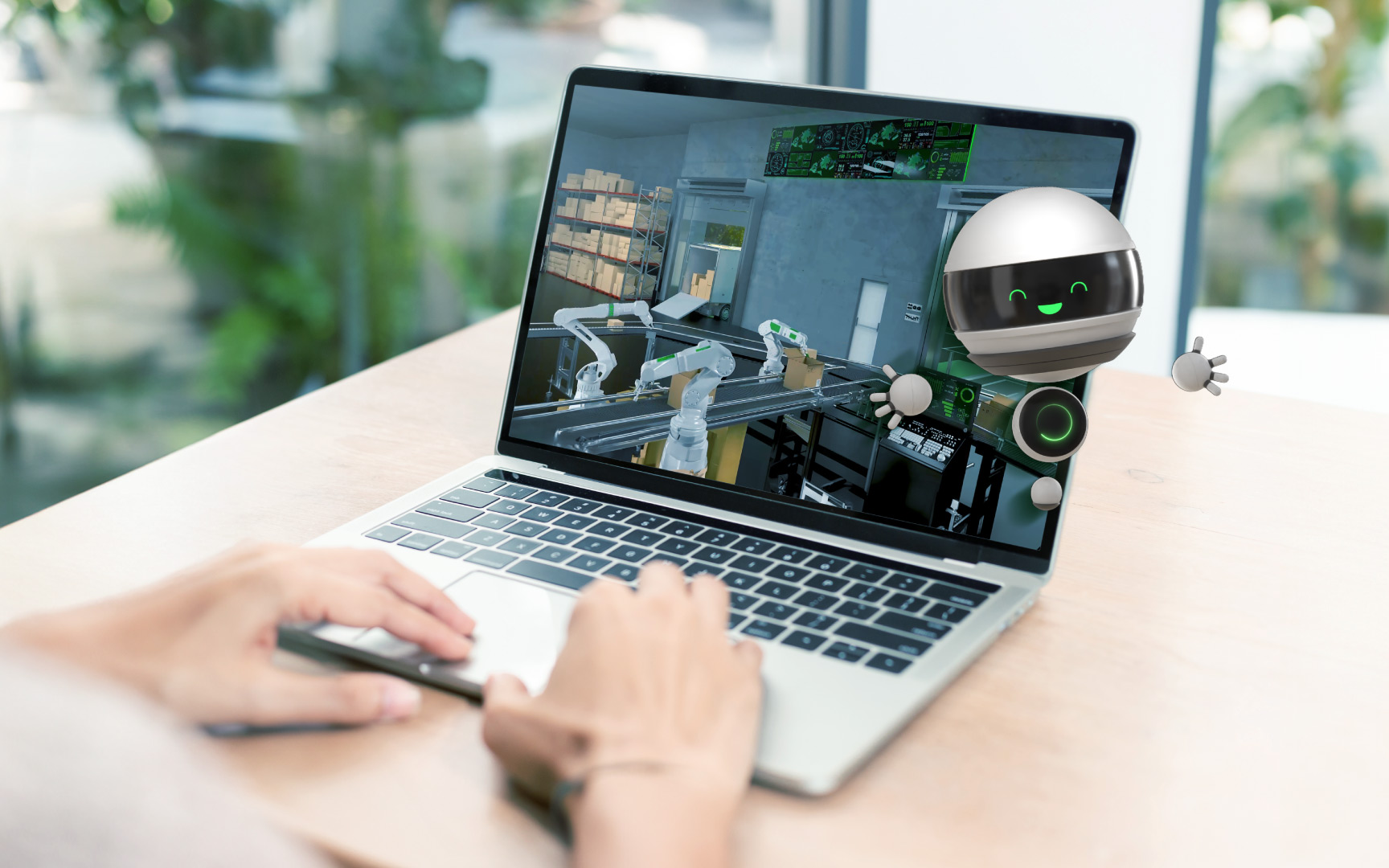 Immersive web to CRM integration for lead gen
Immersive web to CRM integration for lead gen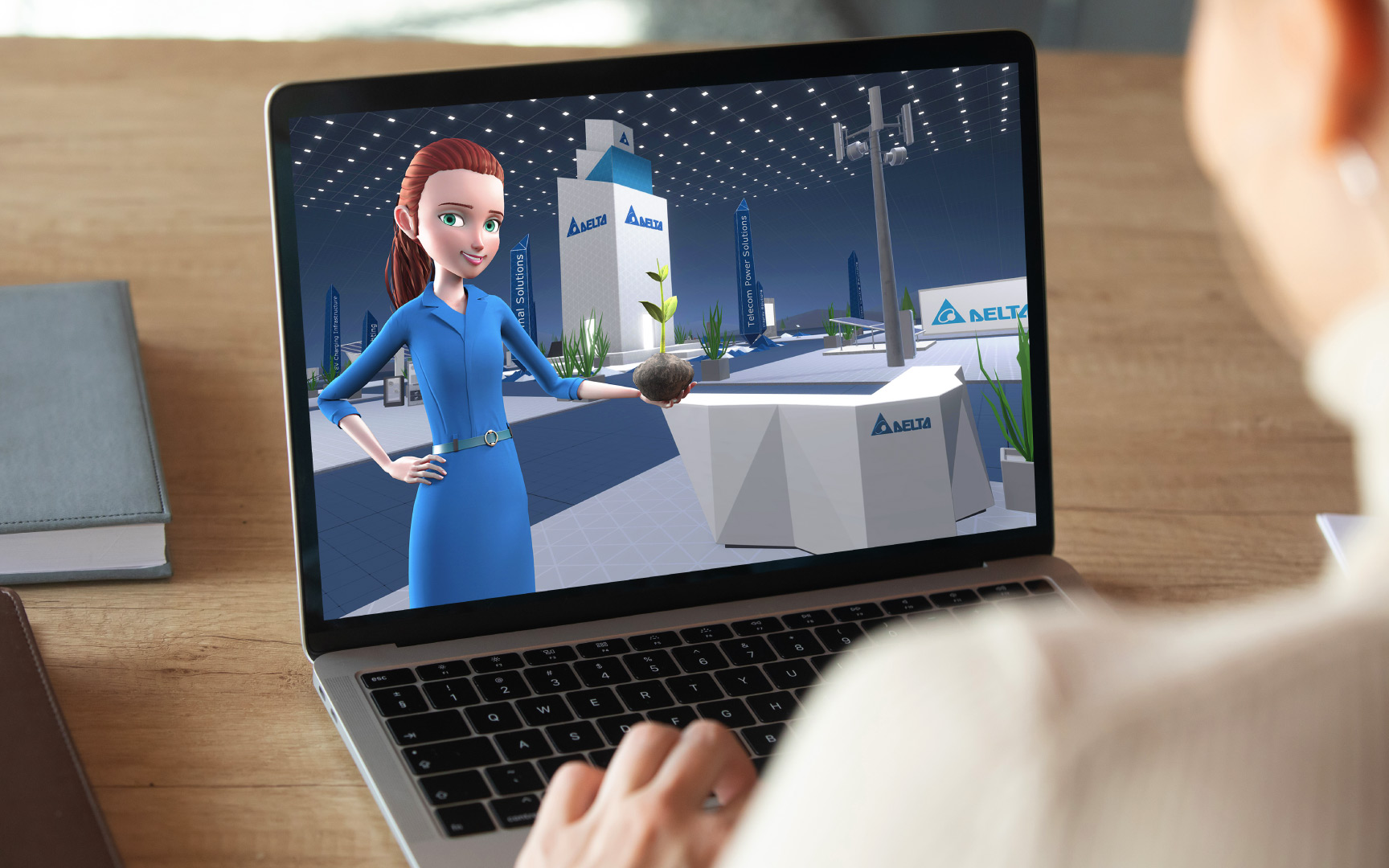 Digital interactive exhibitions during the pandemic
Digital interactive exhibitions during the pandemic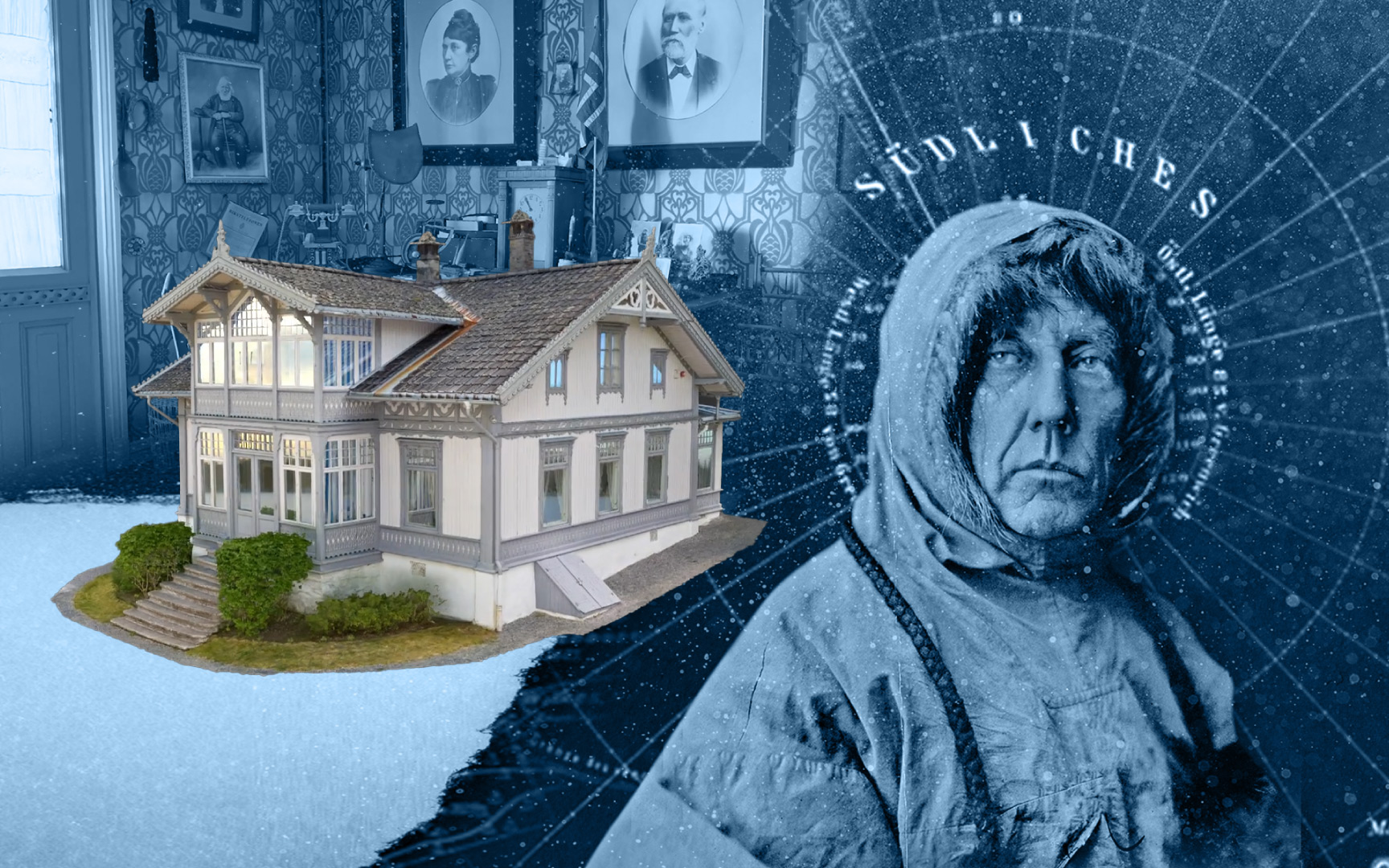 Creating a virtual museum with photogrammetry
Creating a virtual museum with photogrammetry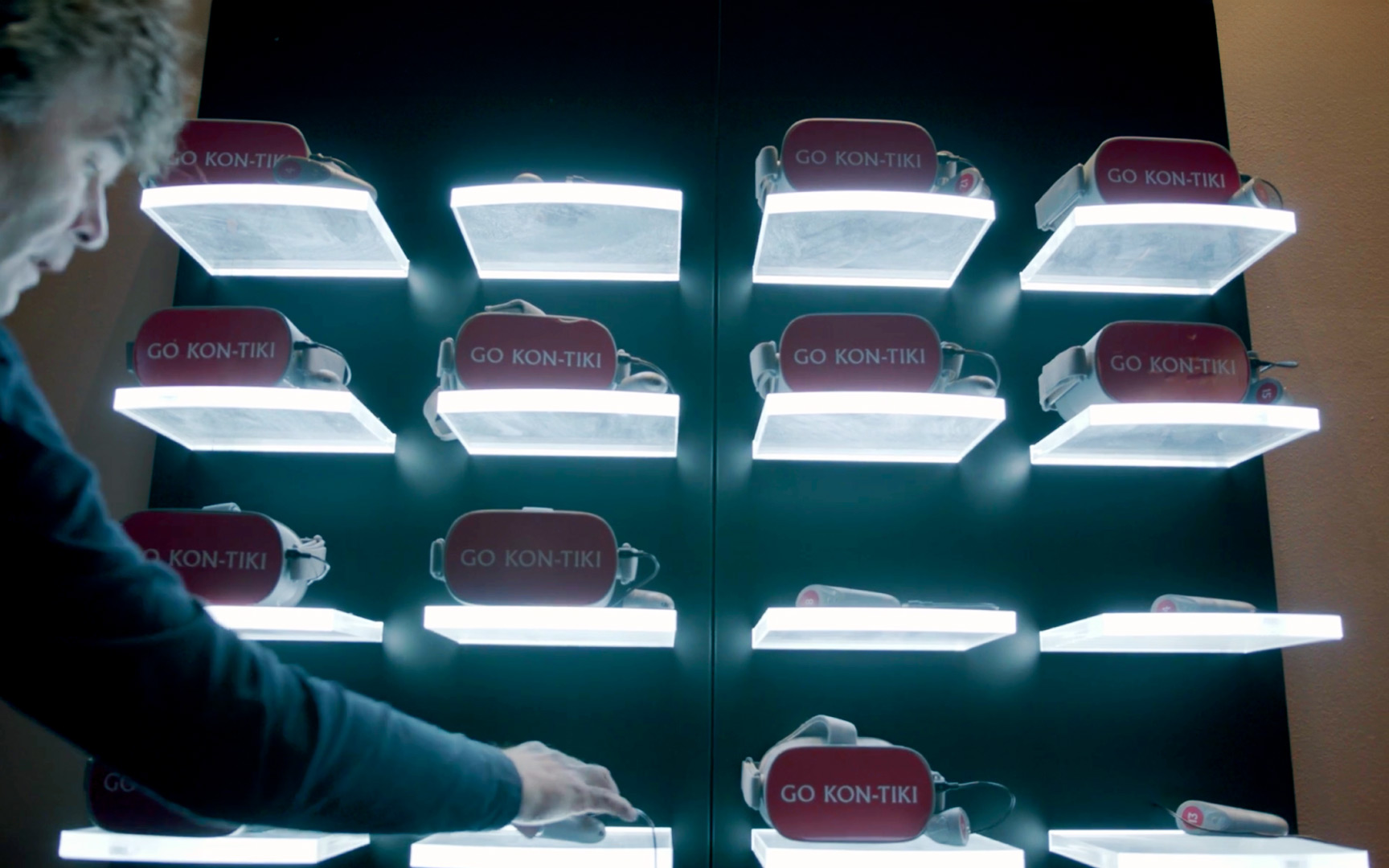 Sailing across the pacific in VR
Sailing across the pacific in VR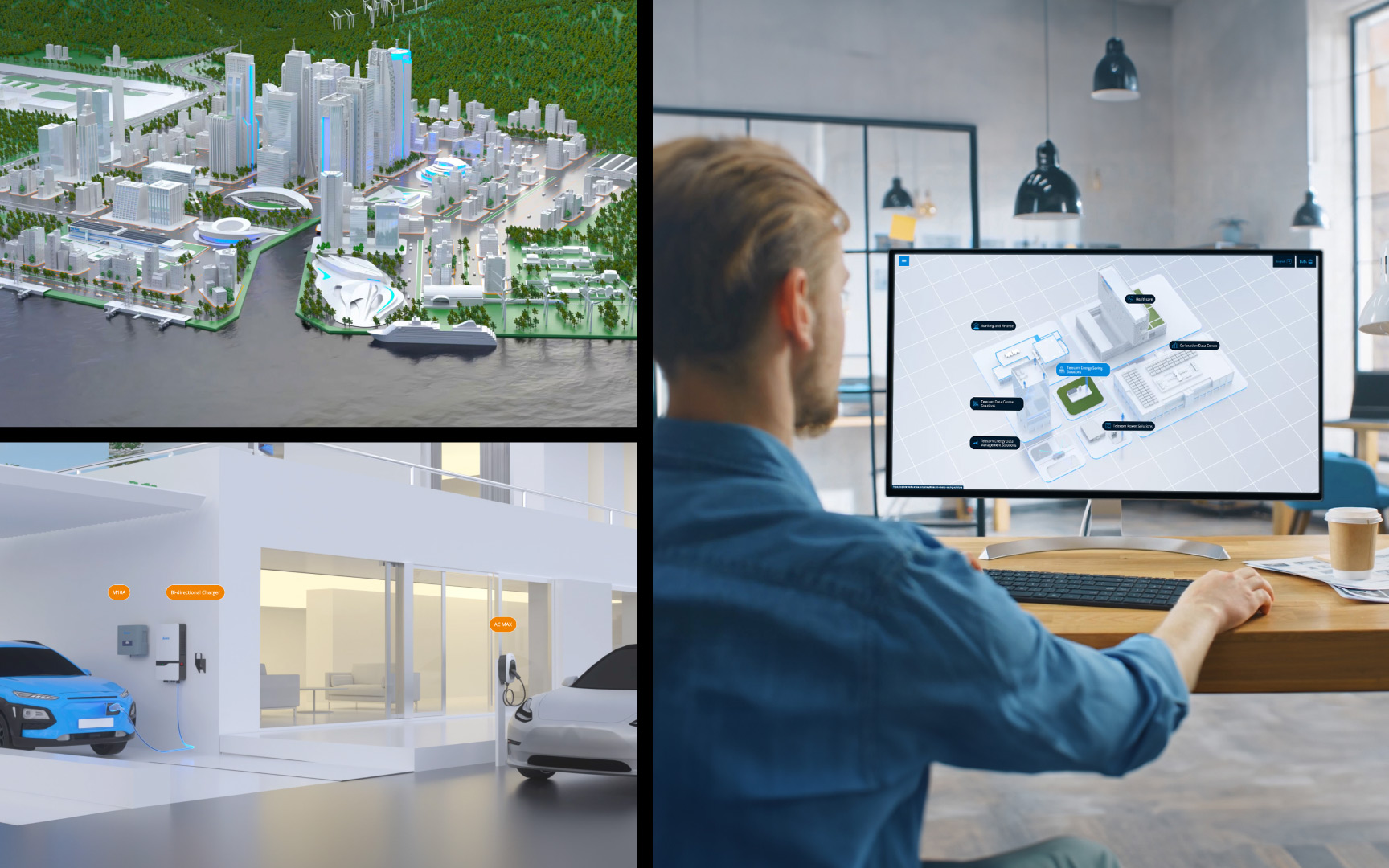 Audience engagement through immersive web
Audience engagement through immersive web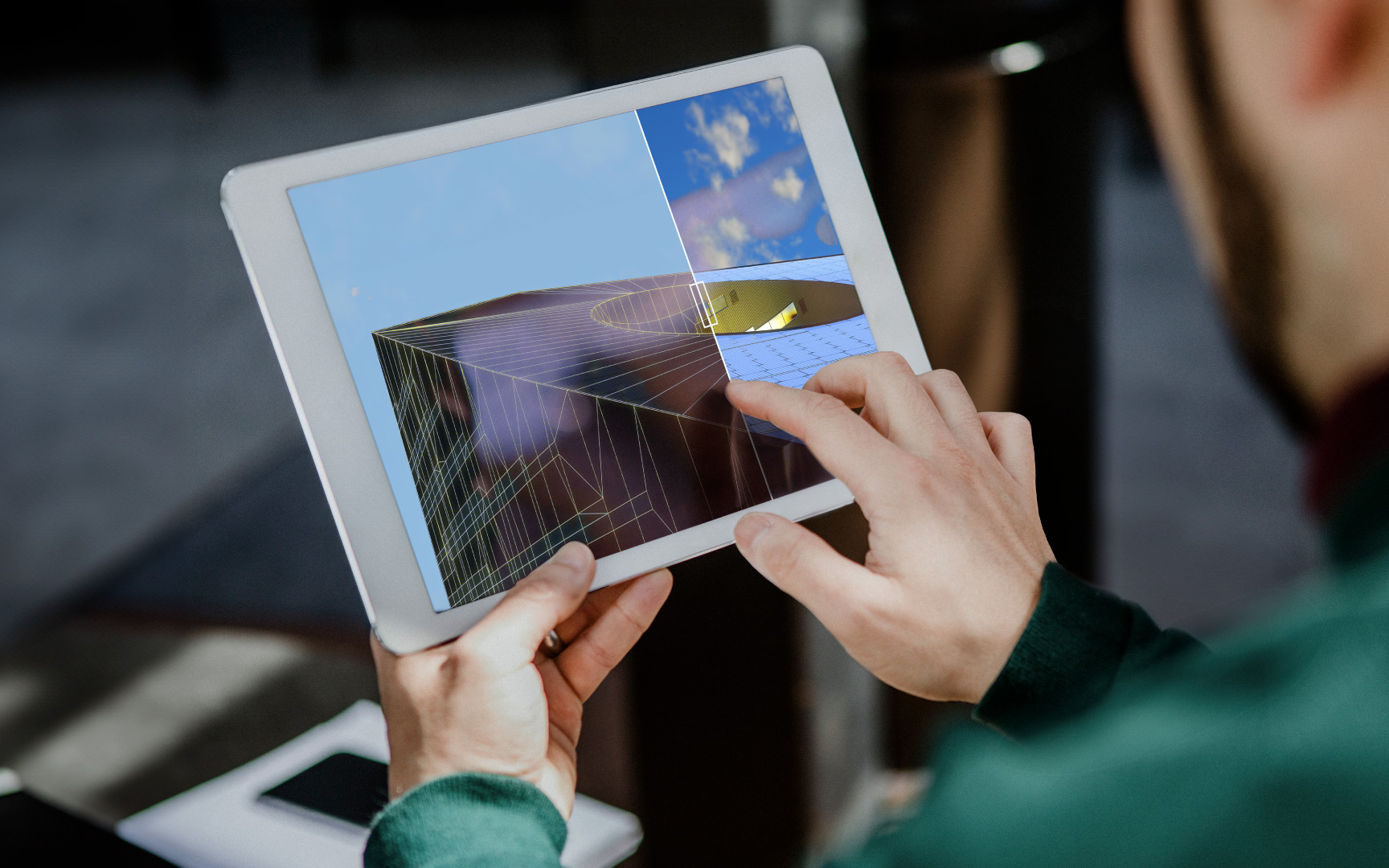 Share your architectural vision in AR
Share your architectural vision in AR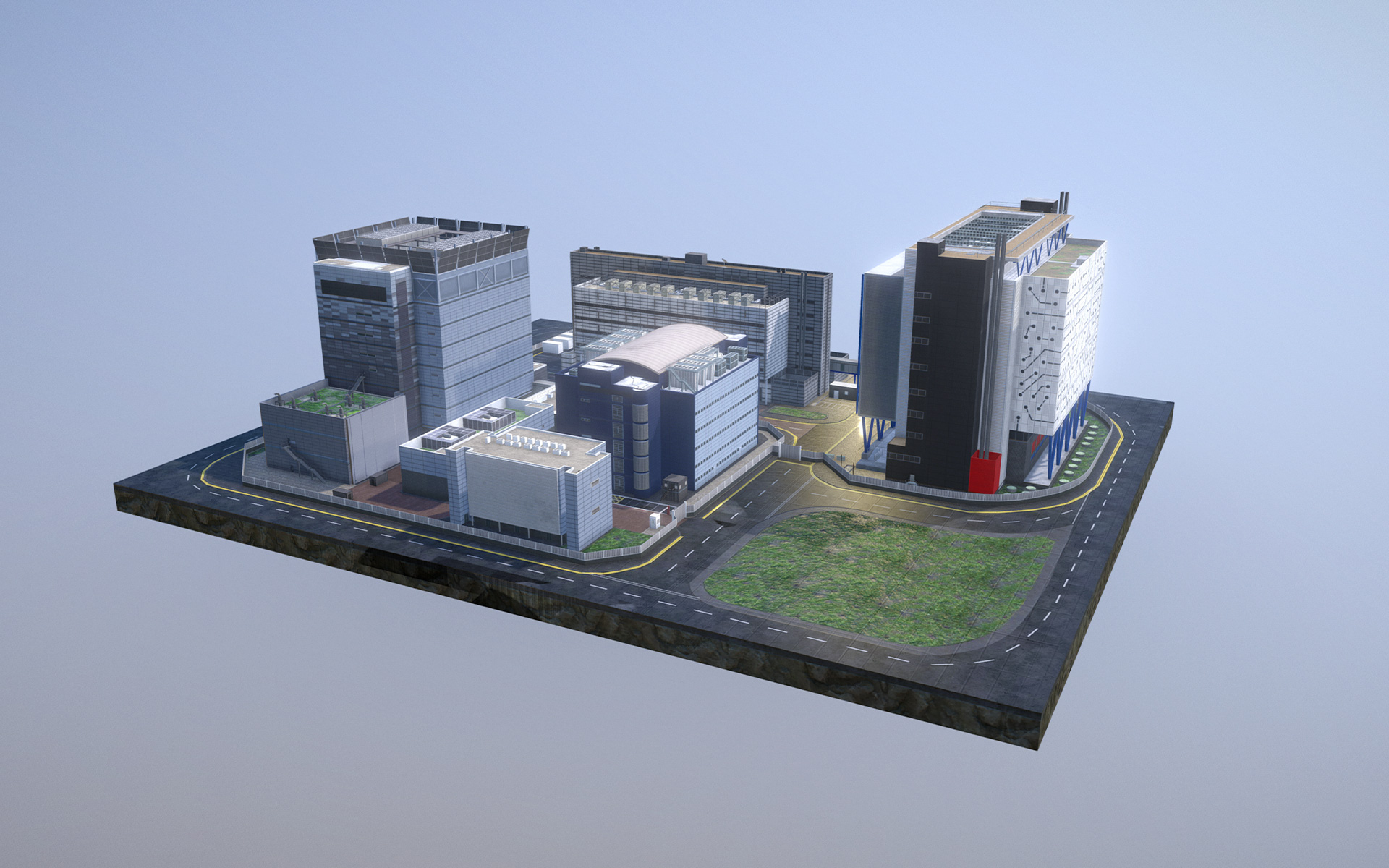 Selling complex installations across WebGL and VR
Selling complex installations across WebGL and VR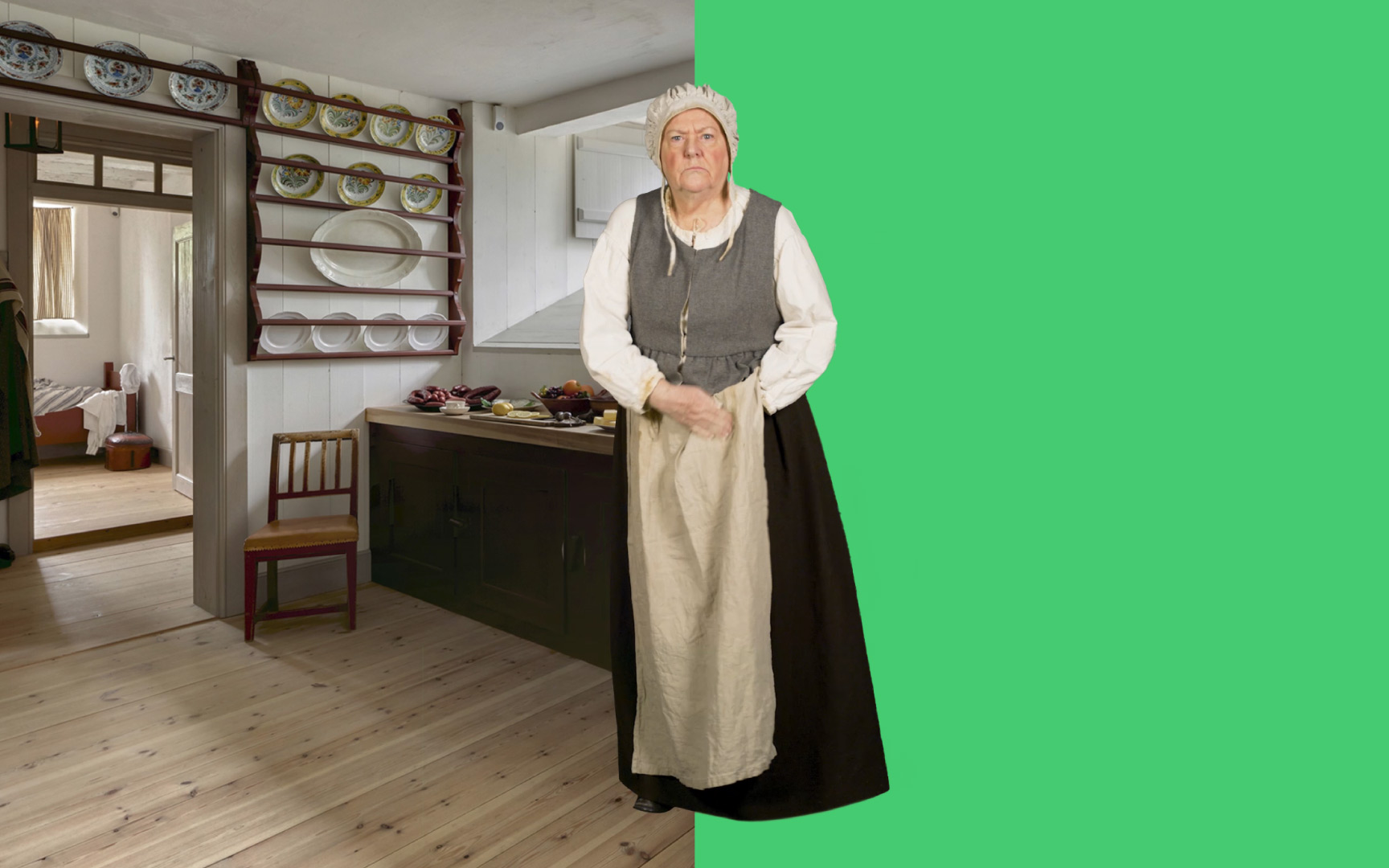 Bringing history to life with 360 photospheres
Bringing history to life with 360 photospheres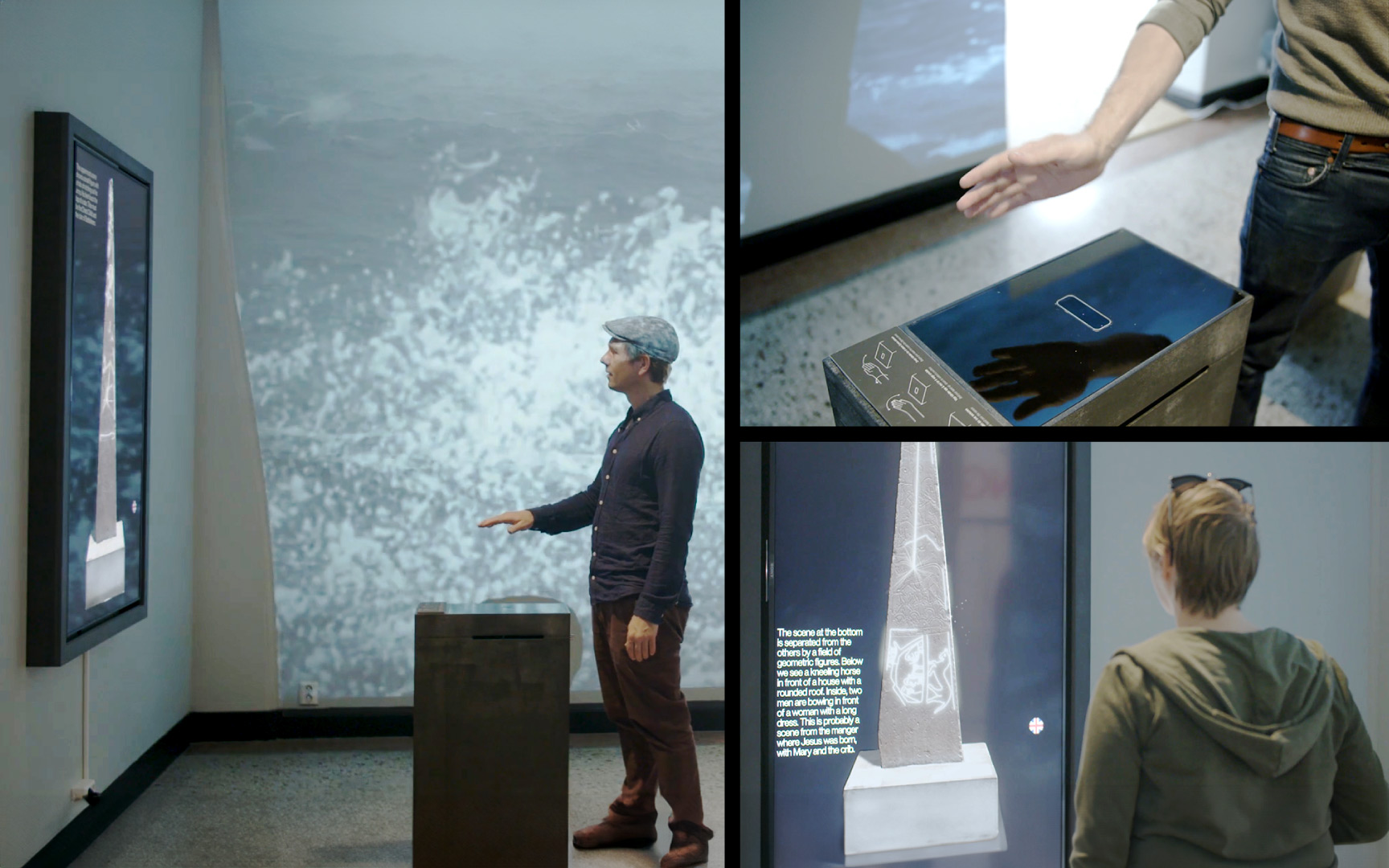 Digitizing hard to exhibit historical artifacts
Digitizing hard to exhibit historical artifacts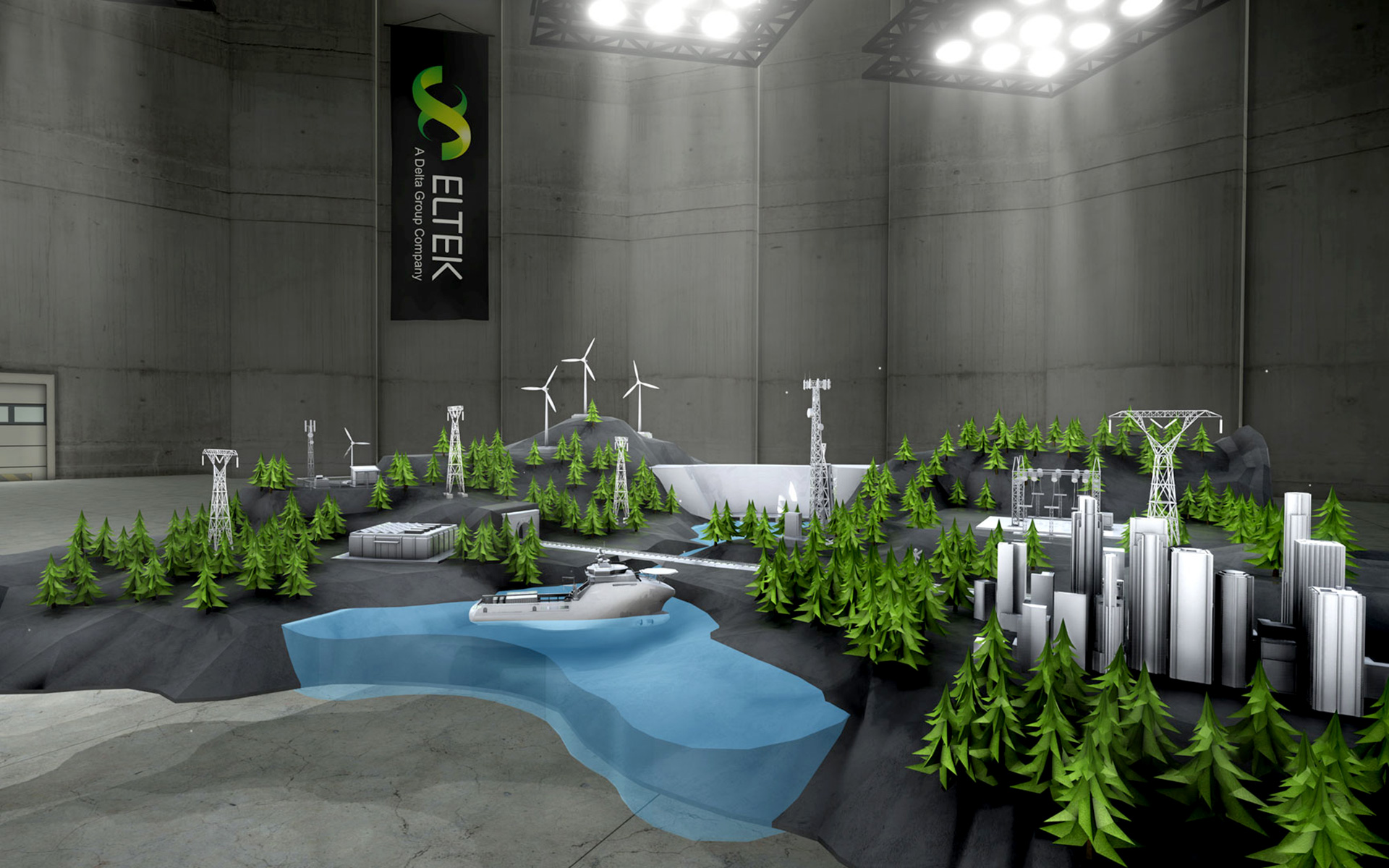 Creating an immersive product showroom
Creating an immersive product showroom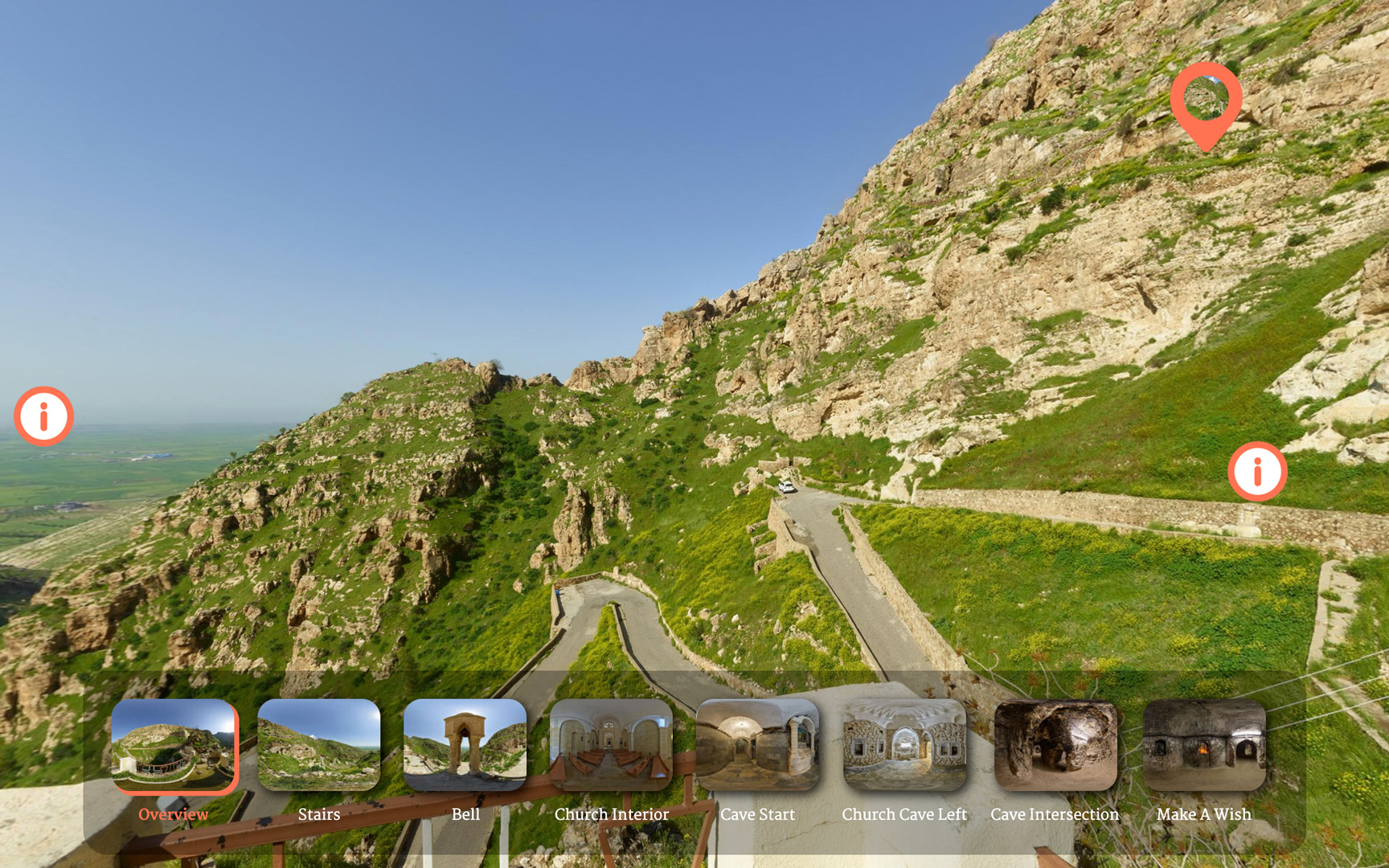 Creating interactive 360 heritage site tours for web
Creating interactive 360 heritage site tours for web